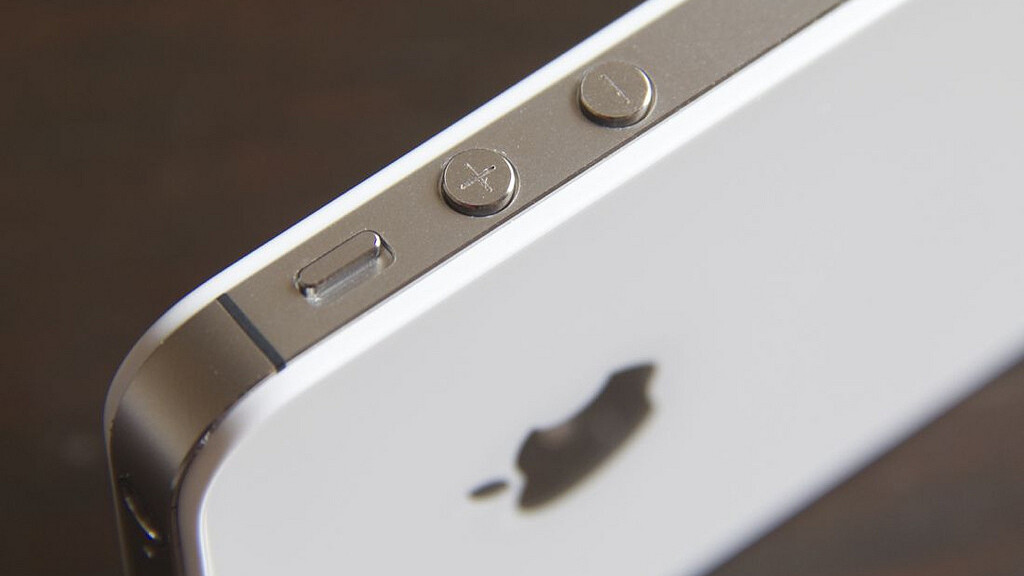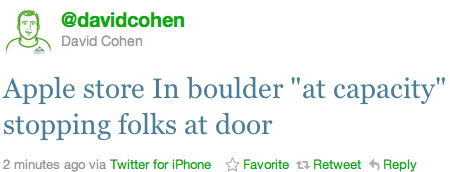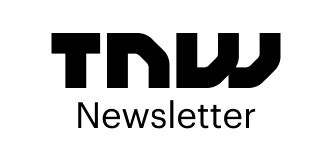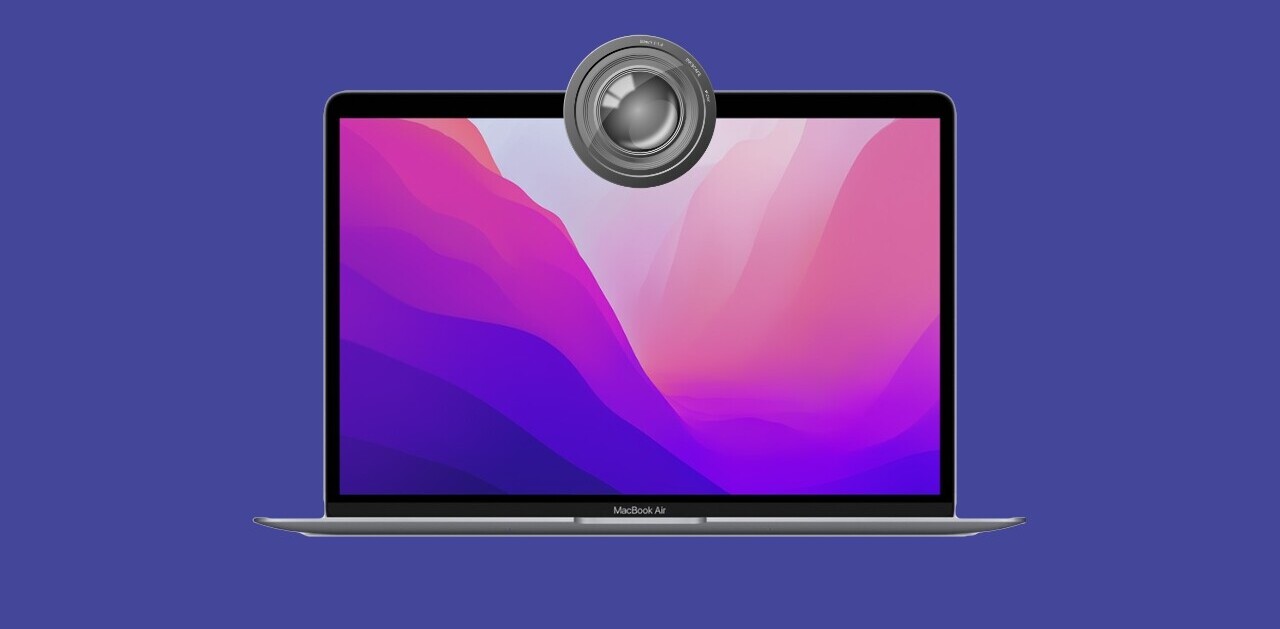
The past 24 hours have been, in a word, crazy. The world of mobile in the United States has just been shaken up considerably by adding Sprint as an official carrier of the iPhone 4S, a fact that Sprint says has led to its single highest sales day of all times.
And now the complaining begins.
Around the US, new Sprint users are griping that their phones are getting slower-than-expected data speeds, something that we’ve seen verified by numerous people and side-by-side tests with both the Verizon and AT&T versions of the same phone. But there are hard facts that are being ignored in the face of Sprint’s huge promise to keep unlimited data plans.
First off, Sprint (and other) mobile networks are completely overloaded today. Surely you’ve seen the wealth of Siri demos flying around the Internet. Now bear in mind that maybe 1 out of every 1,000 users would actually post something about Siri. The rest of them? They’re all using up data playing with their new toy, you’re just not hearing about it.
We found out yesterday that AT&T was having problems keeping its activation system from completely melting, and that carrier has had the iPhone since its release. If there is any one carrier that should be equipped to handle the traffic of a new Apple device’s activations, it would be AT&T. But this is the same story that we see on launch day with any new iPhone, and yet people are acting surprised.
Oh, and bear in mind that yesterday was Friday, a day when most of the United States was working. Today, people have the day off and they’re rushing out to get their phones, activating them and further congesting already-taxed networks.

So take a deep breath, relax for a moment and let’s look at the likely scenario of the next few days.
First off, your speeds are probably going to get better. There’s a big thread over on Sprint’s discussion forums that has lots of people screaming about unusable data speeds and throwing around the idea that Sprint is capping iPhone data speeds in order to be able to keep the network afloat. Chances are, that’s not what’s happening, because we’re seeing reports from some users who are getting quite normal CDMA 3G speeds, in the 1.2 – 2 mbit range. If the data was capped, this wouldn’t be possible.
But even if it is, it’s probably not a bad idea.
I know that I’ll probably get flamed for this a bit, but so be it; just hear me out. Sprint is in a really precarious position right now. It has placed a massive bet on being able to keep the iPhone up and running, on unlimited data, on one of the smaller networks in the United States. If, in order to provide uninterrupted service, it needs to cap speeds at a slower rate for a period of time, that’s precisely what it should do. Facing facts, you don’t care nearly as much about whether you’re able to ask Siri to open the pod bay doors as you do about simply having phone service.
There’s also another camp that I have to point and laugh at a bit – the AT&T converts. While it’s true that the lay person might not understand the difference between CDMA and GSM networks, it’s fair to say that you should do some homework before you purchase a device that’s going to cost you a few grand over the life of a contract. Yet I’m seeing complaint after complaint about people who are getting 1.5 mbit download speeds, screaming about how it’s unusable. Sorry folks, welcome to CDMA. Consider yourself lucky that you’ve gotten that fast.
The end result? It will get better. Over the days that follow we’ll see a decline in this massive influx of data traffic and levels will return to something that resembles normal. Will your Sprint iPhone 4S data speed ever match that of AT&T? Not a chance. Will it be usable, workable and will it meet realistic expectations? Most likely. For now, enjoy WiFi. It’s faster anyway.
Get the TNW newsletter
Get the most important tech news in your inbox each week.





